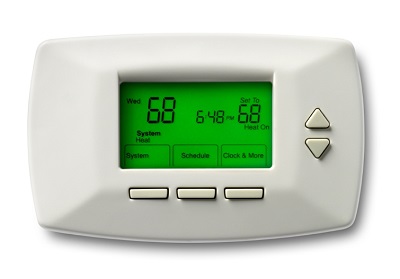S. Himmelstein | July 04, 2022
The typical U.S. household now uses more air conditioning, appliances and consumer electronics than ever before.
However, average annual site energy use per home has declined since 1980, according to the U.S. Energy Information Administration. This trend is attributed to improvements in building insulation and materials; Source: U.S. Department of Energy increased efficiencies of heating and cooling equipment, water heaters, refrigerators, lighting and appliances; and population migration to regions with lower heating and thus lower total energy demand.
Source: U.S. Department of Energy increased efficiencies of heating and cooling equipment, water heaters, refrigerators, lighting and appliances; and population migration to regions with lower heating and thus lower total energy demand.
Retail electricity purchases accounted for 43% of total residential sector end-use energy consumption in 2021 while natural gas, which was used in 58% of homes in 2015, accounted for 42% of residential sector end-use energy consumption in 2021. Petroleum was the next most-consumed energy source in the residential sector in 2021, accounting for 8% of total residential sector energy end use. Geothermal, solar energy and other renewable energy sources accounted for about 7% of residential sector energy end use in 2021.
Are you a contributor to the rising energy end-use efficiency in the U.S. residential sector? Test your home energy efficiency expertise with this quiz from the U.S. Department of Energy.
